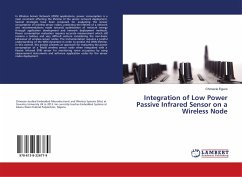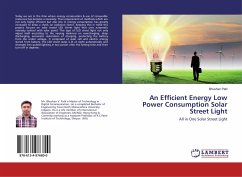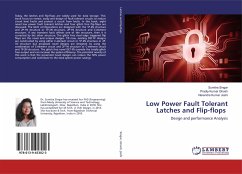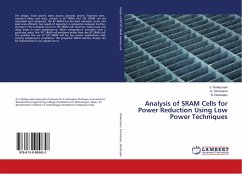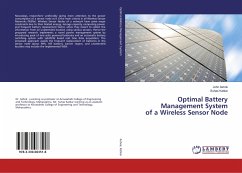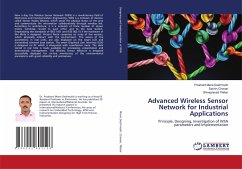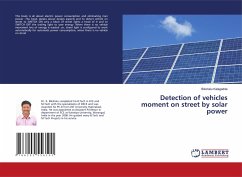In Wireless Sensor Network (WSN) applications, power consumption is a main constraint affecting the lifetime of the sensor network deployment. Several strategies have been proposed for evaluating the power consumption of wireless sensor nodes, predicting the lifetime of a network and recommendations made towards optimization of network energy through application development and network deployment methods. Power consumption evaluation requires accurate measurement which still remains a tedious and very difficult venture considering the non-linear behaviour of wireless sensor nodes. The instrumentation requires a careful understanding of the WSN dynamism in order to predict the WSN lifetime. In this context, this project presents an approach for evaluating the power consumption of a TelosB wireless sensor node when integrated with a Passive Infrared (PIR) sensor for monitoring room occupancy by using measurement instruments and software application codes for the sensor nodes deployment.

